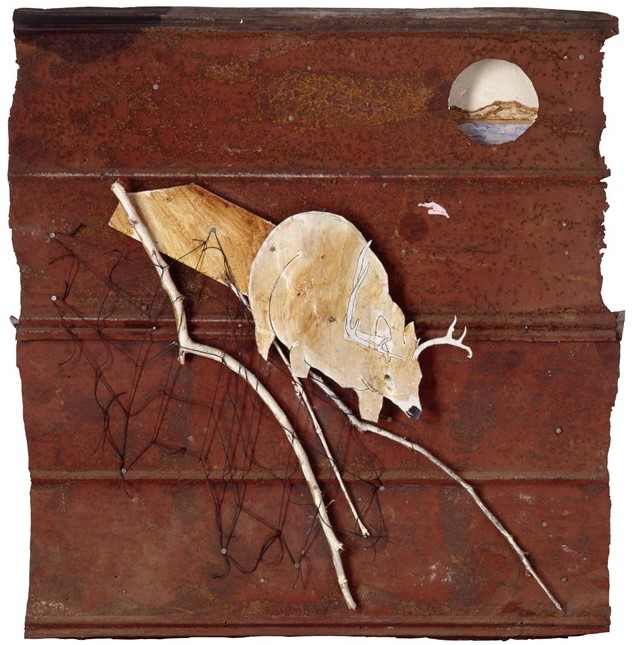
The theme of the second in our ongoing series of selections from the recently donated Peck Collection of Dutch and Flemish drawings is “Ruins.” The topic of transience and decay seems an appropriate prompt for a quick discussion of the effects of time and exposure, not only on the grand structures of the Dutch and Roman past but also on 17th-century drawings themselves.
At the Ackland, we are often asked why the Pecks’ wonderful gift is not permanently on view in its entirety. Are we not proud and thrilled at this extraordinary enrichment of the Ackland collection and the cultural landscape of North Carolina? Indeed we are – so much so, in fact, that we not only yearn to show everything to everybody, but we add another dimension to that wish: everything to everybody, forever.
It is this last word, “forever”, that provides a clue to the answer as to why our visitors cannot see all 134 Peck Collection drawings, including the seven by Rembrandt, all the time. When museum folk think about the institution’s audience, we think not only of our many and diverse constituencies visiting in 2017, but also of all the possible visitors of the year 2117, or 2217, and beyond. Our commitment is to preserve masterpieces of human creativity for as long as humanly possible (you’ll sometimes catch us uttering the phrase “in perpetuity”).
To achieve that, works of art that are sensitive to the effects of light must be protected from over-exposure. Light can fade inks and darken paper; it can even, in the worst case, make a work of art disappear. Therefore, we carefully control not only the level and type of light that all drawings in our collection are exposed to, but also the length of time they are on exhibition.
We are hard at work on a website that will showcase all the Peck Collection drawings in very high resolution digital images, with commentary and information. We will also present a full-scale exhibition of the entire gift, with a scholarly catalogue, as soon as we can – probably in four or five years. Until then, I encourage you to return to the Ackland regularly, as our focused selection of works from the Peck Collection will change every few months, offering fresh perspectives, themes, and questions. And I invite you to peruse the collection on our current public database.
The Peck Collection offers us exquisite examples of human creativity, “rescued” by the collectors from the contingencies of history and time. It is our job to ensure that these well-preserved masterpieces do not themselves become ruins, unavailable to future generations in their full glory. Your grandchildren and great grandchildren and on “into perpetuity” will silently thank you for your understanding.
Hendrik Hondius the Elder, Dutch, 1573-after 1649, Ruins of Castle Spangen, n.d.; pen and brown ink, brown wash, over black chalk on paper, 8 13/16 x 13 1/8 in. (22.4 x 33.4 cm). Ackland Art Museum, University of North Carolina at Chapel Hill. The Peck Collection, 2017.1.45.


